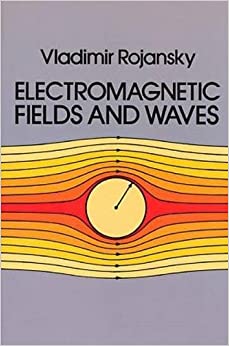Question
Discussion's specification/guidelines: (Provide a qualitative analysis of a part of the Rube Goldberg device you're creating in support of your project. Identify an example of
Discussion's specification/guidelines:
(Provide a qualitative analysis of a part of the Rube Goldberg device you're creating in support of your project. Identify an example of an object that is in static equilibrium. Consider if the step was already triggered, or there is an imbalance in the forces acting on the object that initiates motion.) (Discussion is below)
(Discussion):
One example of an object in static equilibrium in my Rube Goldberg device is the suspended cup attached to a pulley that catches the ball. The cup is stationary and not moving, which means that the forces acting on it are in equilibrium. The two main forces acting on the cup are the gravitational force pulling it down and the tension force of the string pulling it up. These forces are equal and opposite, which means they cancel each other out and the cup remains stationary.
However, as soon as the ball falls into the cup, the forces become unbalanced and motion is initiated. The weight of the ball creates an additional downward force, which is greater than the tension force of the string. This causes the cup to move downward and the pulley to rotate, which in turn triggers the next step in the Rube Goldberg device.
The torque applied to this step in the device is related to the lever arm of the pulley. The longer the lever arm, the more torque is produced and the greater the force that can be exerted to move the cup downward. This is an important consideration when designing the pulley system to ensure that it can support the weight of the cup and the ball, while still providing enough torque to initiate motion in the next step of the device.
WebAssign Problems:
NOTE--((The WebAssign problems are just a reference to the question/guideline. I already figured out the answers to the webassign problems (as shown), they were there as a reference because they pertained to the actual question/guideline.))
1.Two children push on opposite sides of a door during play. Both push horizontally and perpendicular to the door. One child pushes with a force of175Nat a distance of0.400mfrom the hinges, and the second pushes at a distance of0.400m.What force (in N) must the second exert to keep the door from moving? Assume friction is negligible.
175N
2.Suppose a horse leans against a wall as in the figure below.
Step by Step Solution
There are 3 Steps involved in it
Step: 1

Get Instant Access to Expert-Tailored Solutions
See step-by-step solutions with expert insights and AI powered tools for academic success
Step: 2

Step: 3

Ace Your Homework with AI
Get the answers you need in no time with our AI-driven, step-by-step assistance
Get Started


